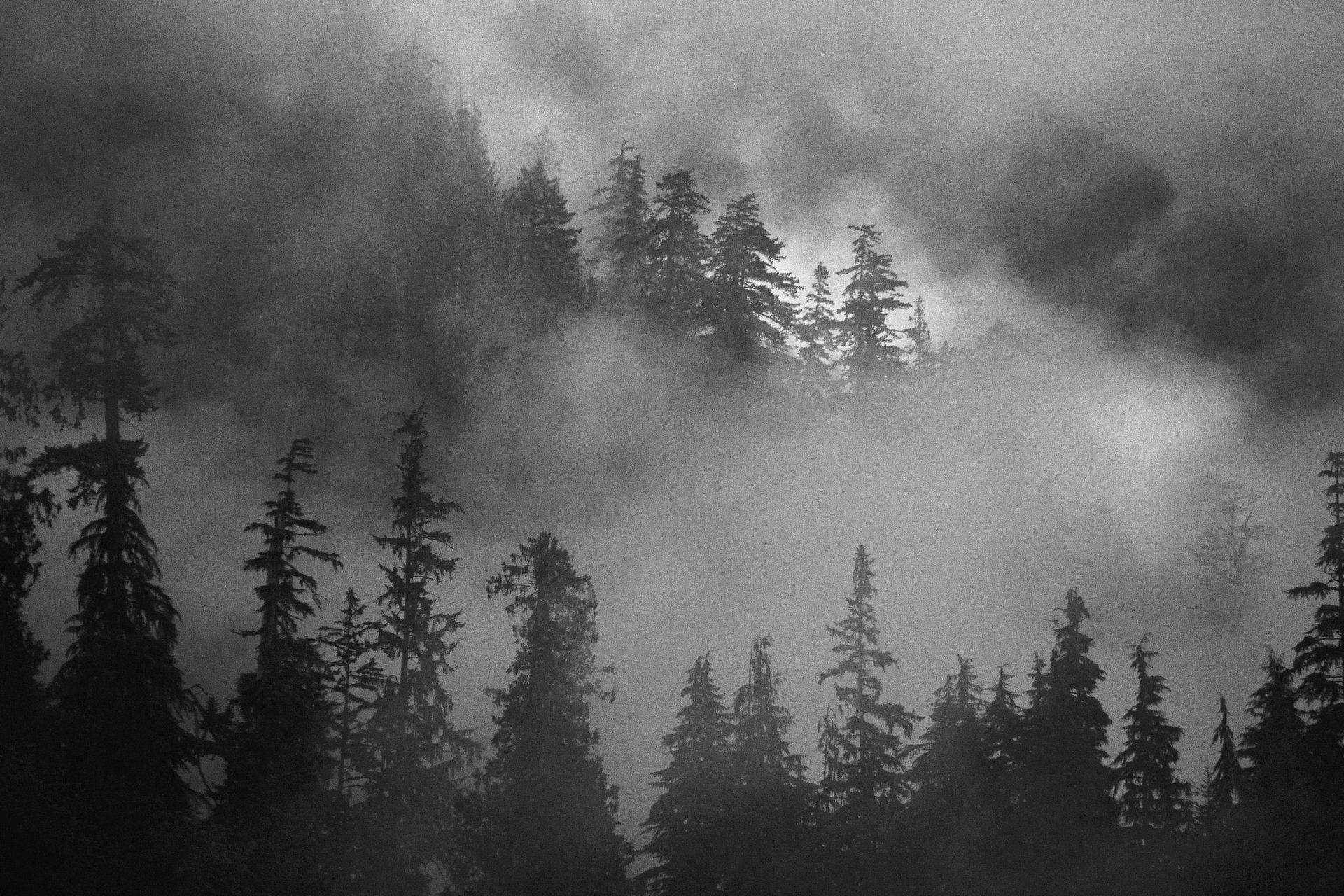

Native American Firsts
The January issue of National Geographic magazine is called “The Firsts Issue”. I think that Native Americans might “take issue” with...


Star Brothers on Parade
Tonight, April 23, 2015, is an interesting night for sky watchers. At 8 pm Mountain Time, right after the sun goes down, you may be able...


Native American Skies: Eclipse Legends
A couple of weeks ago, we observed a “Lunar Eclipse”. Because this year is when the moon is in its minor “Lunar Standstill” (refer to...


New Sites Challenge Precepts of Agricultural Revolution
There is excavation going on in Ceibal, Guatemala that is threatening the conventional wisdom concerning the ascent of man! Jacob...


Chaco Phenomenon (Yupkoyvi): A Hopi Story
The civilization that inhabited the canyon in central New Mexico known as “Chaco Canyon” was indeed a “phenomenon”. Despite extensive...

















![Kawoni [April]: The Flower Moon](https://static.wixstatic.com/media/12aa6a_7c3e945d560a42299d136778a994ffa7~mv2.jpg/v1/fill/w_185,h_209,fp_0.50_0.50,lg_1,q_30,blur_30,enc_avif,quality_auto/12aa6a_7c3e945d560a42299d136778a994ffa7~mv2.webp)
![Kawoni [April]: The Flower Moon](https://static.wixstatic.com/media/12aa6a_7c3e945d560a42299d136778a994ffa7~mv2.jpg/v1/fill/w_38,h_43,fp_0.50_0.50,q_90,enc_avif,quality_auto/12aa6a_7c3e945d560a42299d136778a994ffa7~mv2.webp)
![Anvyi [March]: The Windy Moon](https://static.wixstatic.com/media/12aa6a_0119c7402f6f43038527f4d6c2f81970~mv2.jpg/v1/fill/w_181,h_210,fp_0.50_0.50,lg_1,q_30,blur_30,enc_avif,quality_auto/12aa6a_0119c7402f6f43038527f4d6c2f81970~mv2.webp)
![Anvyi [March]: The Windy Moon](https://static.wixstatic.com/media/12aa6a_0119c7402f6f43038527f4d6c2f81970~mv2.jpg/v1/fill/w_38,h_44,fp_0.50_0.50,q_90,enc_avif,quality_auto/12aa6a_0119c7402f6f43038527f4d6c2f81970~mv2.webp)


